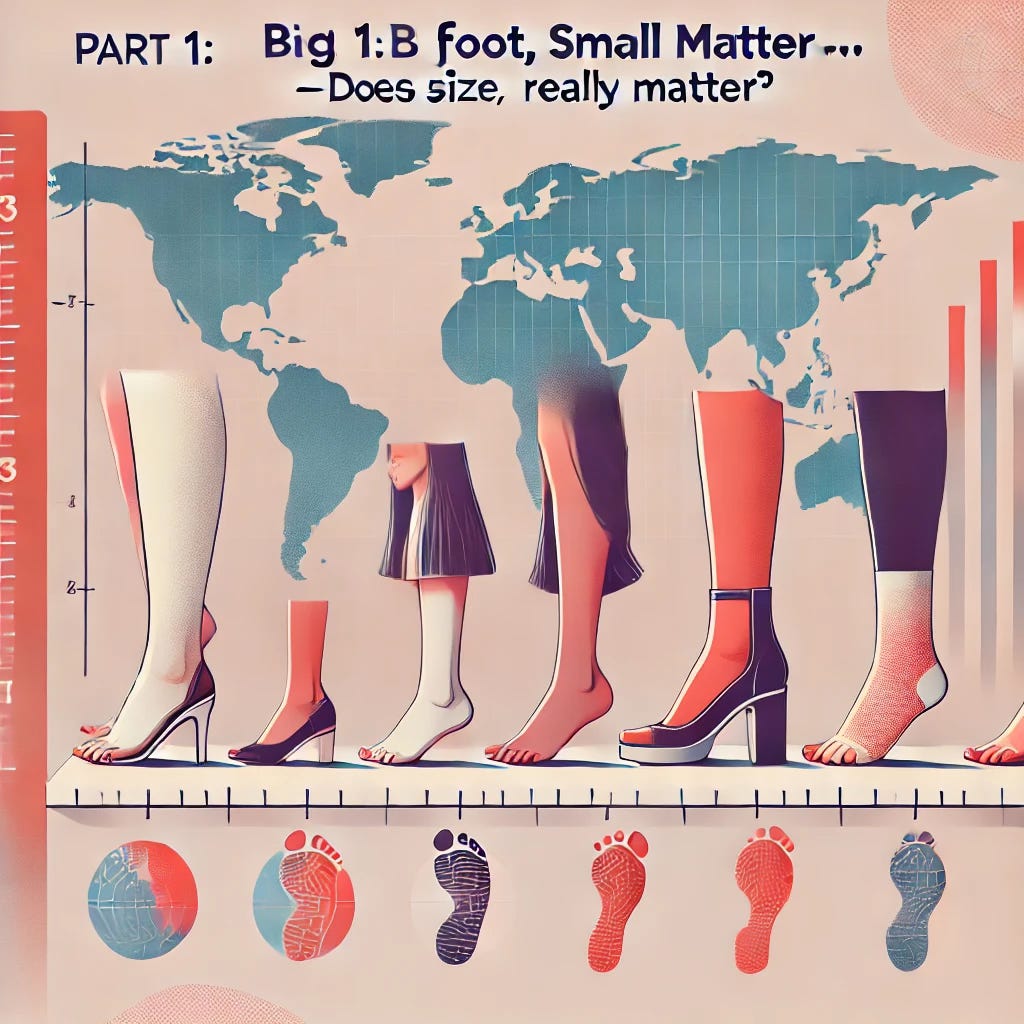Would you believe me if I told you that your shoe size could reveal secrets about your health, genetics, and even your country’s diet? Sounds crazy, right? But science says otherwise. Across the globe, shoe sizes vary significantly, and these differences aren’t just about fashion trends or personal preference—they’re tied to something much deeper.
From the towering shoe sizes of Scandinavia to the more petite footwear of Japan, our feet hold clues to everything from genetics to nutrition. But what’s driving these differences? Is it evolution, diet, or something more mysterious? Let’s dive into the world of global foot proportions and what they really mean.
Shoe Size Around the World
-
United States & Canada: The average women’s shoe size hovers between 8.5 and 9 (U.S. sizing), with men averaging 10.5.
-
Europe: With a diverse genetic pool, European women average around size 39 (US 8-8.5), and men land around size 43 (US 10).
-
Asia: In Japan and China, smaller feet are more common, with the average women’s shoe size around 23-24 cm (US 6-7).
-
Scandinavia: Countries like Sweden and Norway boast some of the largest average foot sizes, with women reaching up to size 10+ and men often exceeding size 12.
So why do these differences exist? It turns out that history, genetics, and even what’s on your dinner plate could be playing a major role.





